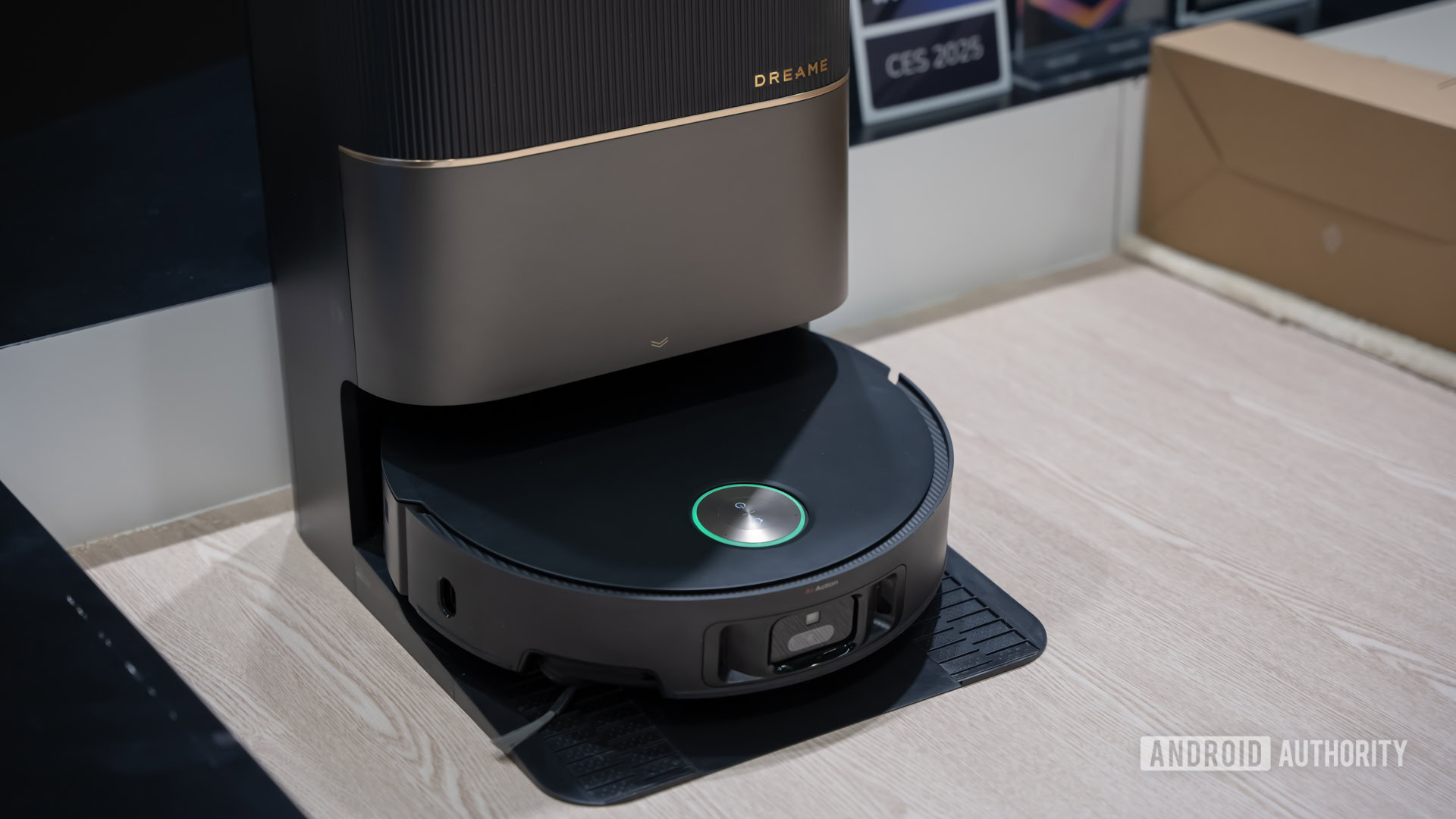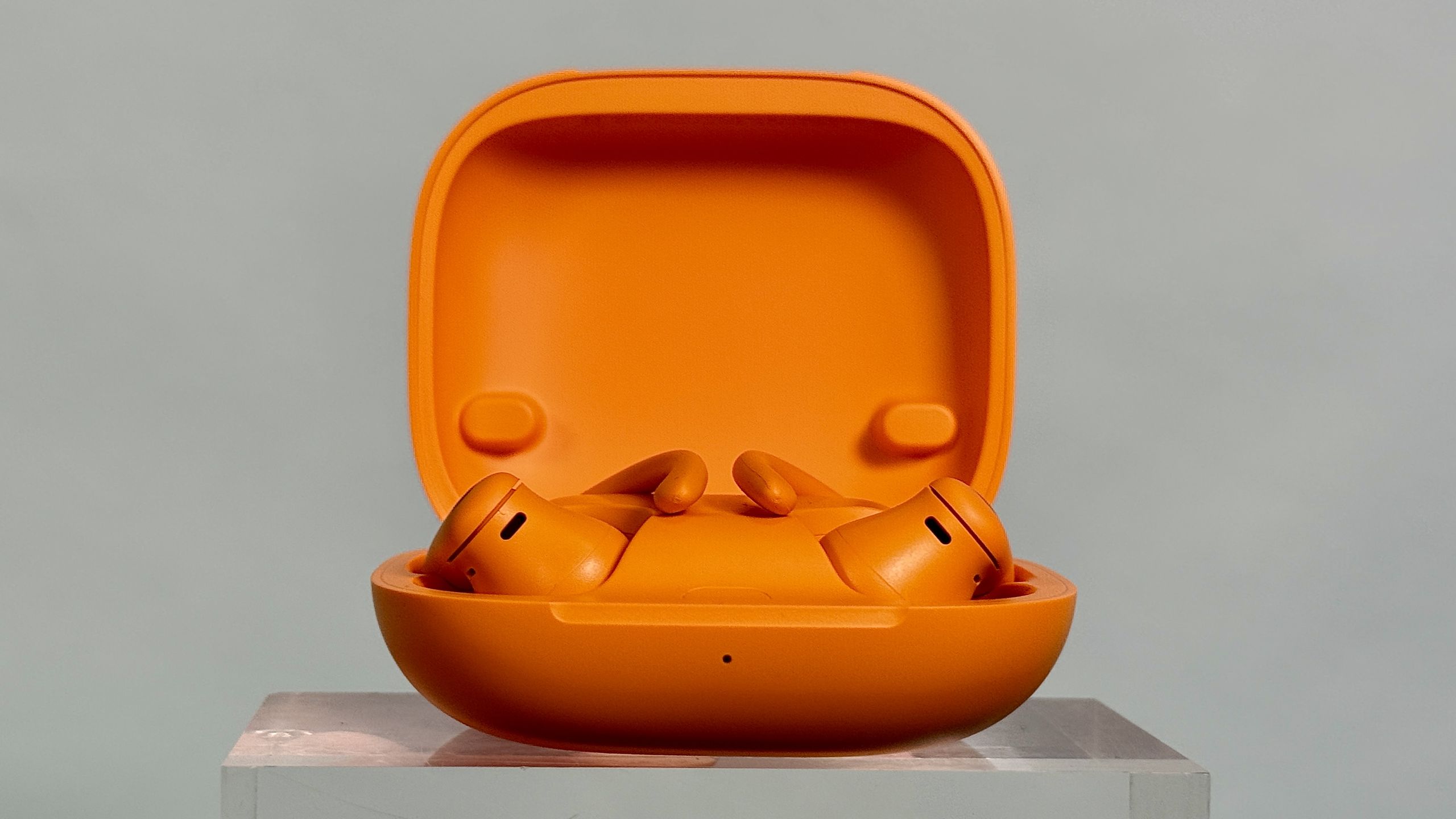
Project Mercury Version 1 (1959)

Project Mercury Version 2 (1961)

Project Gemini suit Version 1 (1965)

Project Gemini Version 2 (1965)

Project Gemini Version 2 (1965)

Project Gemini Version 3 (1965)

Project Apollo Version 1 (1968)

Project Apollo Version 2 (1969)

Space Shuttle suits Version 1 (1981)

The Pumpkin Suit Version 2 (1994)

Russian Orlan Suit (1977)

Extravehicular Mobility Unit (1982)

Feitian suit (2008)

Private space companies (2020)

Blue Origin (2025)

Axiom Space (2027)

Future designs

News Updates
Stay on top of the headlines with daily email updates.








